Athletes who are passionate about their sport - whether they’re a weekend warrior or an elite professional - are constantly looking for ways to excel, push their limits, and evolve their skills. The pursuit of improvement may lead you to train extra hours, take nutritional supplements, trial various diets, and so on. Although these are key factors that can contribute to success, there’s a surprisingly simple method to transform your training - and it’s a lot closer to home than you might think.
The way you breathe has a powerful impact on every system in your body - endocrine, cardiovascular, nervous, digestive, immune and respiratory. Although this is a natural function that we do day in and day out, it’s common for people to sink into poor breathing habits that actually inhibit their training.
In this article, we reach out to exercise physiologist Alex Butschies to explain how breathwork impacts your athletic abilities, poor breathing techniques that may be holding you back, and how to change your breathing to enhance your training, performance and mindset.

About Alex
My name is Alex and I’m an exercise physiologist (EP). When I say what I do for a living it often creates more questions than it answers. Firstly, ‘Physiology’ refers to the physical and chemical processes that contribute to the function of a living organism. My studies focused on how the human body functions optimally in regard to exercise/performance and how to return adequate function in a clinical setting. That mirrors the actual role of an EP, which can vary from high-level strength and conditioning, through to clinical rehabilitation and chronic disease management.
To get here I completed an undergraduate degree in exercise science, an additional year of advanced study in neuroscience and biomechanics and then completed a master’s degree in clinical exercise physiology. Since finishing my formal university studies I’ve never stopped learning, be it through podcasts, books, and professional development. I have a child-like curiosity for things that catch my attention and lucky for me, my career is one such thing.

I’ve spent the majority of the last 4 years in an intense clinical setting rehabilitating war veterans. That changed recently when I vacated my position as the leader of a multidisciplinary team of clinical psychologists, physiotherapists and EP’s to reunite with my close friend Trent Thurtell, EP and owner of Body Dynamics Training (next door to CMBT training centre). I am now a senior EP at this facility.
My approach to Exercise physiology is focusing on the ‘art of basics,’ that is how you move, eat, breathe and sleep. Through focusing on these areas in various depths I have helped clients, from athletes to the chronically ill, achieve their goals and improve their life. For this article I’m going to focus on one of the four ‘basics,’ and that is how you breathe. Something that is far too overlooked and underappreciated considering its importance.
When it comes to sports, I played high-level rugby league and union, participating in tours of Europe, Fiji and Tonga, all before I turned 18. In regard to combat sports, I started my Jiu Jitsu journey in 2015 and fell in love with the ‘gentle art.’. Since then I have won 5 QLD state titles (2x white belt/3x blue belt), the ADCC Asia Pacific Grand slam (intermediate – blue/purple) and the ADCC Australian nationals (intermediate – blue/purple). These days I will throw the Gi on occasionally but no-gi/submission grappling is my jam. It gets me out of bed at 4am some days.
In addition to the traditional routes of time on the mat and strength and conditioning to improve my grappling game, I added in yoga and breathwork. More specifically how these things, when done well, teach you how to find comfort in discomfort. Something very applicable when you compete in a sport based around joint manipulation and strangulation. The mobility aspect of yoga is what everyone sees and wants but trust me when I say it’s the breath that’s key.
The physiological impact of breathing techniques
Talking about breathing is a funny thing. People will almost immediately make some dismissive comment about how ‘they’ve been breathing their whole life without a problem,’ when in reality they breathe like shit (athletes included). This is frustrating because of how helpful something as simple as improving your breath awareness can be for athletic performance and just life performance in general.
Your breath is a direct connection to your physiological state. By simply shutting your mouth, breathing through your nose and slowing down the rate at which you breathe, things start to change. And change noticeably. A systemic review from 2019 looking into ‘how breath control can change your life’ found that slow breathing techniques ‘increased comfort, relaxation, pleasantness, vigour and alertness, and reduced symptoms of arousal, anxiety, depression, anger and confusion.’ All that from slowing down.
With that being said, there is also evidence showing that voluntary over-breathing, or ‘super-ventilation,’ coupled with prolonged breath holds (made famous by Wim Hof) has the ability to impact your sympathetic nervous system and the body’s immune and inflammatory response.
Whether you speed up, slow down, or stop completely, your breath can impact your life in numerous positive ways. These effects, at their core, are achieved by harnessing our bodies' innate ability to process and manage ‘stress’ in a productive way. To use our physiology to our advantage.
How your breathing can impact training and performance for combat athletes
When it comes to training, which in itself is a form of stress, the importance of our breath is abundantly clear. Our breath fuels us to a certain point, that being our aerobic (‘with-air’) capacity, which can fuel us for hours and even days at a certain intensity. Once we exceed this intensity, we get into our anaerobic (‘without air’) capacity. This is very limited and highly dependent on individual factors and training status. Oddly, we never stop breathing, even if we are in ‘without-air’ energy production.
Given our limited resources for this anaerobic energy production, this is where our breathwork/awareness comes into play in a large way. Our anaerobic capacity is built on top of our aerobic base, and the sooner we can get back into ‘air burning’ production the better.
To put this into context consider your heart rate (HR), which is a commonly used measure to define borders between aerobic and anaerobic exercise intensities. Now, with practice you can learn to use your breath to manage HR on the fly, whether it’s between rounds or during a run, there are techniques and approaches to breathing that can help.

Now let’s apply this to combat athletes, who on top of the physical demands of combat (i.e. strength, endurance, stamina, agility, power…) have the added ‘stressor’ of someone trying to knock you out, strangle you unconscious, or break your joints. This understandably compounds the stress placed on the athlete and therefore our bodies response is heightened. This is a real threat. I believe using your breath to manage this response is fundamental to combat athlete performance and often overlooked. Being able to slow your HR down in between rounds, or within sparring rounds themselves, can be hugely beneficial in helping maintain clear focus and prolong time to exhaustion. So many fights are determined by who fatigues or loses composure first.
Breathing techniques that negatively impact training and performance
If you look around the room after a hard-conditioning session or in between sparring rounds, you’ll get a good picture of what ‘bad breathing’ looks like. Mouth open, short, shallow, rapid breaths, torso movement coming mostly from the chest and shoulders. This is dreadfully inefficient breathing that can potentially prolong the feeling of ‘breathlessness.’ This breathing pattern drives our ‘stress’ or sympathetic nervous system response.
If you’ve ever seen someone have a panic attack their breathing looks very similar to this, just without the context of intense training prior to this presentation. These same people having the panic attack often say they feel that they ‘can’t breathe.’ Yet this is how so many of us breathe when we need to move air the most.
New white belts in Jiu Jitsu are a shining example. When they start a roll, they are in full panic mode, frantically breathing and moving in an attempt to ‘not die.’ This lasts 45s to a few minutes depending on their fitness level coming in, after that they are toast. They have often exhausted themselves to a point where simple thoughts are challenging.
This experience is not just reserved for fresh white belts, we can all be pushed to this point. But the trick is how far can we push back this point? How long can we keep ourselves, our physiology, our composure, under control when the pressure is applied? Your breath might be the trick.
Breathing techniques to enhance training, performance and mindset
Step 1 – Shut your mouth and breath through your nose.
Our nose is what we were designed to breathe through. How do we know this? Well, your nose humidifies the air, which allows for better gas exchange. Your nasal sinuses release Nitric oxide (an active ingredient in Viagra) which expands blood vessels, redistributes blood flow and promotes oxygen absorption. Your mouth does none of this, it is primarily for eating and communicating.
Your nose also links up with your diaphragm more naturally, creating an efficient ‘breath wave’ where you fill from the bottom-up (stomach expands > ribs expand > chest lifts last and least), not inefficiently heaving from your chest. Now don’t get me wrong, using your mouth to breathe has a time and place, but it is for high-end output (greater than 80% intensity) or bouts of active recovery breathing. Not all day – every day.

Step 2 – Improve your carbon dioxide (CO2) tolerance.
CO2 is often just discredited as a by-product of exercise/life that you need to get rid of ASAP, as well as the reason the world is melting. But when it comes to training, stress, and breathwork, it’s so much more important than most people understand. Take breath-holding for example. It’s your body responding to elevated CO2 that drives the panic and urge to breathe, not a drop in Oxygen (O2). In fact, your blood O2 is probably over 90% when you reach the end of a breath-hold and ‘need oxygen.’
Think of it like a thermostat, when your CO2 reaches a certain point, physiological ‘alarm’ bells start to ring, causing your body to begin to try and offset this rise in CO2 (often via an increased breath rate). The further you get past this point the ‘louder’ the alarm gets. This ‘alarm’ system is one of the oldest ‘stress’ pathways in the human body. Recently it was shown that elevated CO2 can elicit a fear response in people supposedly ‘unable to feel fear’ as they have no amygdala (the fear centre of the brain). Meaning this particular form of ‘stress’ hits deep in our brain stem, in the part of our brain we are believed to share with reptiles.
This response, or your tolerance to rising CO2, can and should be trained. This is because something interesting happens when your CO2 rises. As it goes up it begins to push O2 off of red blood cells (RBCs) and into the cells of our body (i.e. muscles when training). This is referred to as the Bohr effect. Imagine every time an RBC circulates your body at rest, it released 1/4 of its O2 molecules, as C02 goes up more and more are released. To fully utilise this effect however we need to maintain our composure and a steady breath.
By improving your CO2 tolerance, the ‘alarm’ bells are dampened, allowing your body to exchange gases more efficiently, helping you maintain your composure and efficiently perform for longer at higher outputs.
You can test your CO2 tolerance very easily; all you need is a stopwatch.
• Sit down and relax, using NASAL BREATHING ONLY.
• Take 3 full breaths, relaxing on your exhales.
• Inhale a 4th time and begin recording time on a stopwatch at start of your 4th exhale, stopping when all the air is released (NOTE: if you swallow or stop/start the test doesn’t count).
• Do this every morning for a week to get your average/baseline.
• Elite combat athletes should have a timed exhale exceeding 80 seconds.
How to practice more beneficial breathing techniques
There are so many ways to start but I’ll give you 3 areas to focus on.
Awareness – Make sure you’re breathing through your nose. Great place to start in everyday life is when you’re driving, check in and make sure your mouth is shut.
During training, start with strength and conditioning sessions and when drilling basic techniques. Only go as hard/fast as your nose will let you. Heads up it is going to be less than before; your performance will temporarily drop. You might feel like you are drowning on land, relax its okay. Your performance will come back up as your body adapts and conditions itself to nasal breathing. Even the shape and structure of your skull can change and adapt as the bones of the skull don’t fuse until late into your 70’s!

For those of you with messed up noses from fights/broken bones, this may be harder. It is still very possible to nasal breath around a deviated septum/damaged nasal passages depending on the severity. Otherwise, you may need to get surgery to open them up.
Practice breath holds > increase CO2 tolerance – There are plenty of ways to do this, making sure you practice holding your breath at the ‘bottom’ i.e. after an EXHALE as much, if not more often, then holding at the top after an inhale.
The Wim Hof Method app is great. It's free and you can really start to push boundaries with your holds utilising his famous method.
Another way to incorporate this into your sessions is during warm-ups. Adding some relaxed breath holds to your foam rolling/trigger point work can help release tissues and start to get your system fired up.
More dynamically you can take 3-5 full nasal breathes and see how many skips/punches/walking distance etc. you can achieve on a breath-hold at the BOTTOM (repeat this 3-5 times).
Recovery protocol – Do a version of this specific sequence (from the guys at @shift_adapt) in between sparring rounds, post high-intensity work or whenever you feel you’re ‘losing’ or have ‘lost’ your breath. Note that these are BIG breaths, as big and complete as possible, move air like you mean it. The base sequence is:
• 5 MOUTH IN > MOUTH OUT
• 7 NOSE IN > MOUTH OUT
• 9 NOSE IN > NOSE OUT
This takes roughly 90s to complete. If you have less time, i.e. 60s between rounds, use a 3:5:7 ratio and so on. I have seen the 5:7:9 ratio drop a moderately trained individuals HR from 161bpm to 81bpm in 90s.
Get in touch
As I mentioned at the start, the breath is just one of the four areas I look at when working with clients. This is just the tip of the iceberg in regard to breathwork as well. If you’re looking to optimise your athletic/life performance or have recurring injuries and pain, get in touch with me. I am currently developing a website for appointment bookings and workshops, but until then find me on Instagram (@butschies) or email alex@abphysiology.com.au for any information or to reach out.

If you mention this article, I will organise a free 30min ‘meet and greet’ appointment where we just chat about what you need and how I might be able to help.
It’s also important to mention that if you have any chronic health issues (meaning the issue has lasted longer than 6 months) you may be eligible for a care plan through your GP to see me. This covers a large percentage of one on one session costs and includes physical and mental health issues.
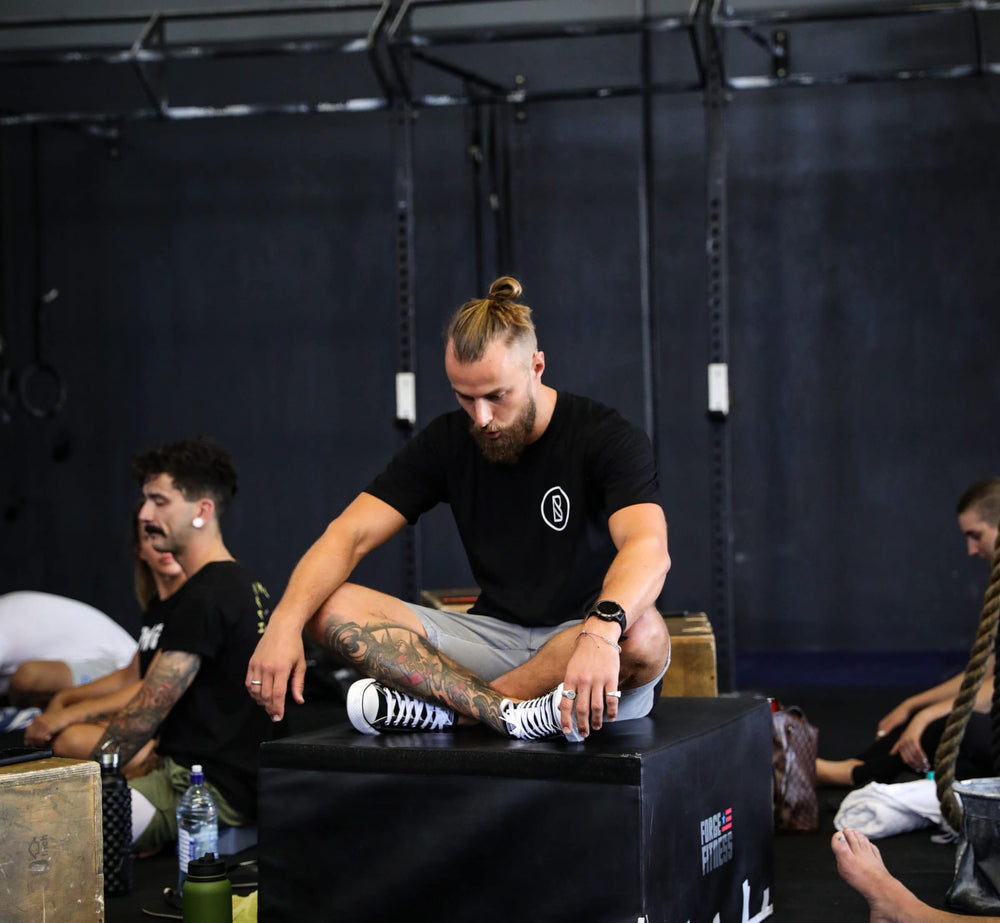



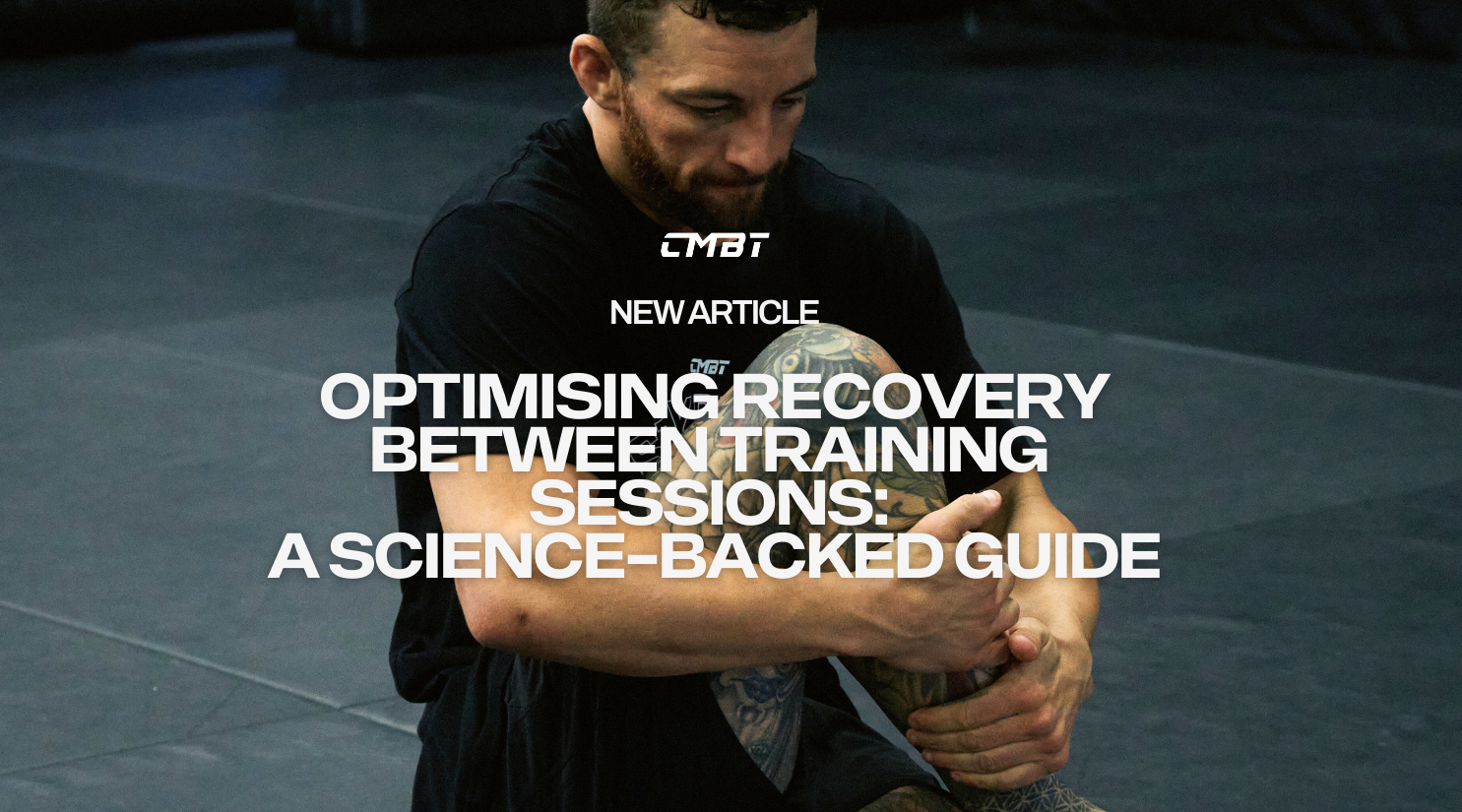



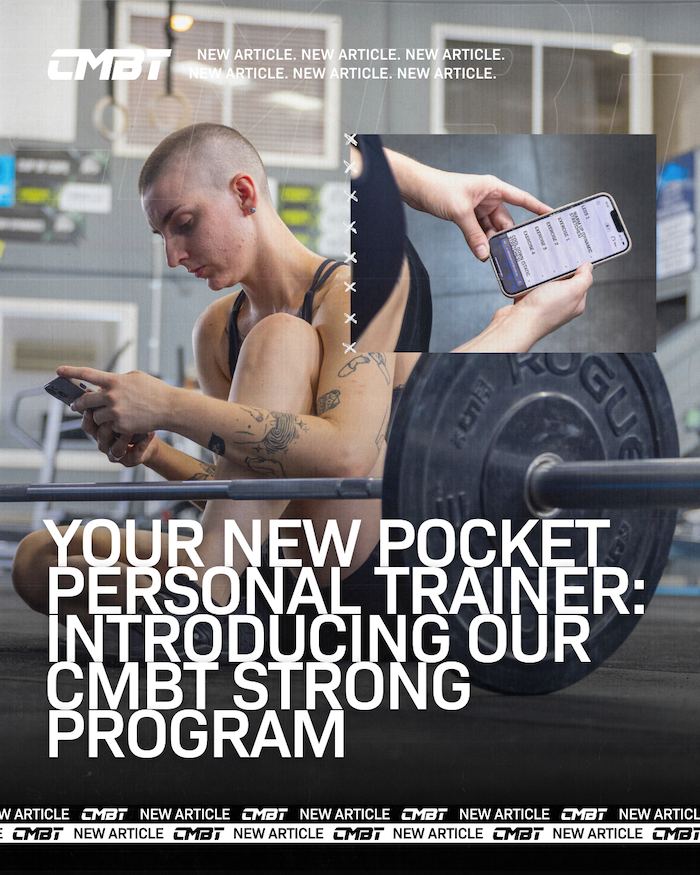
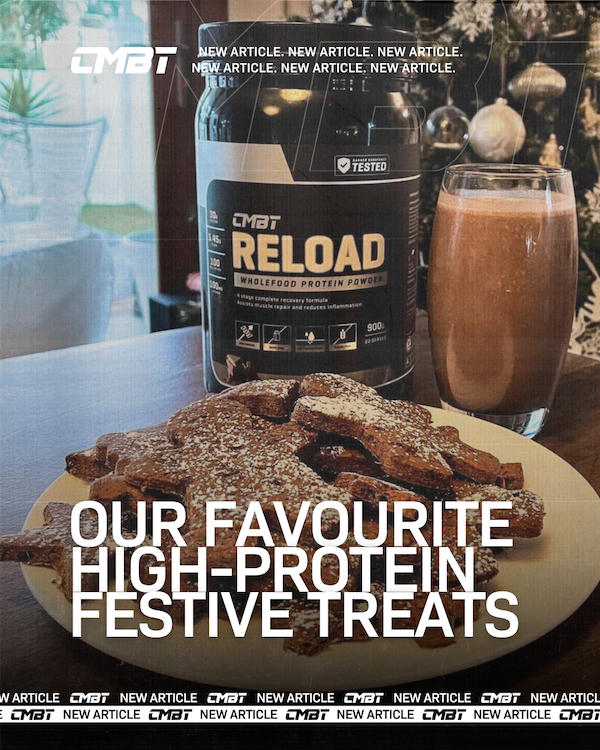

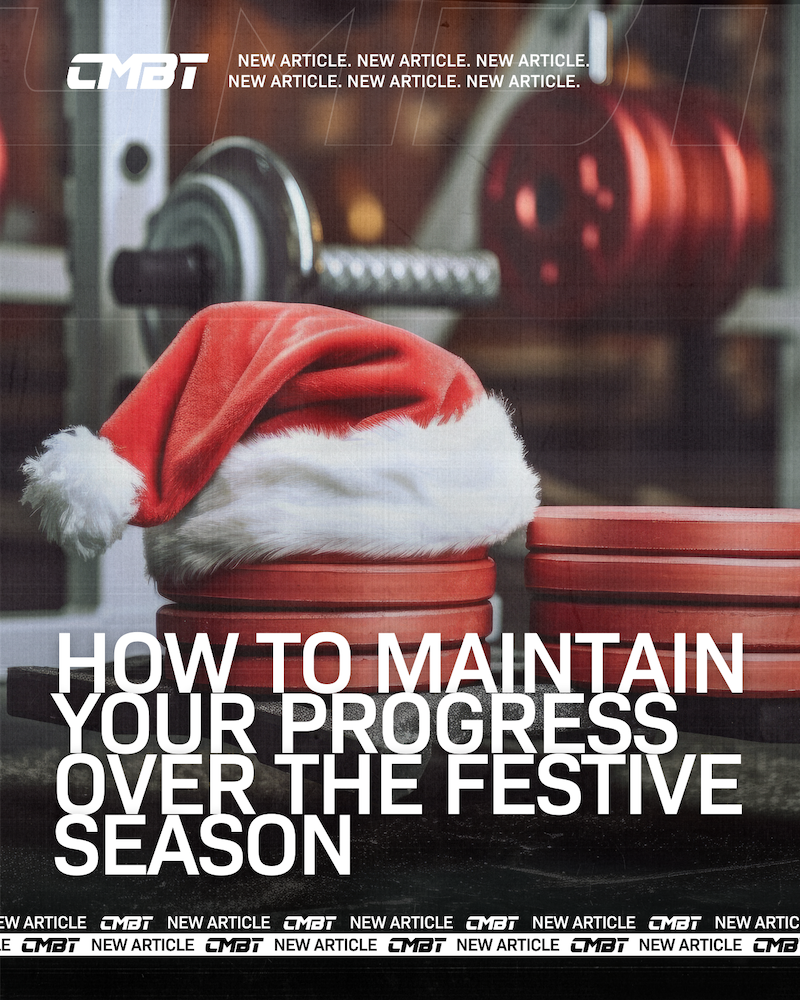
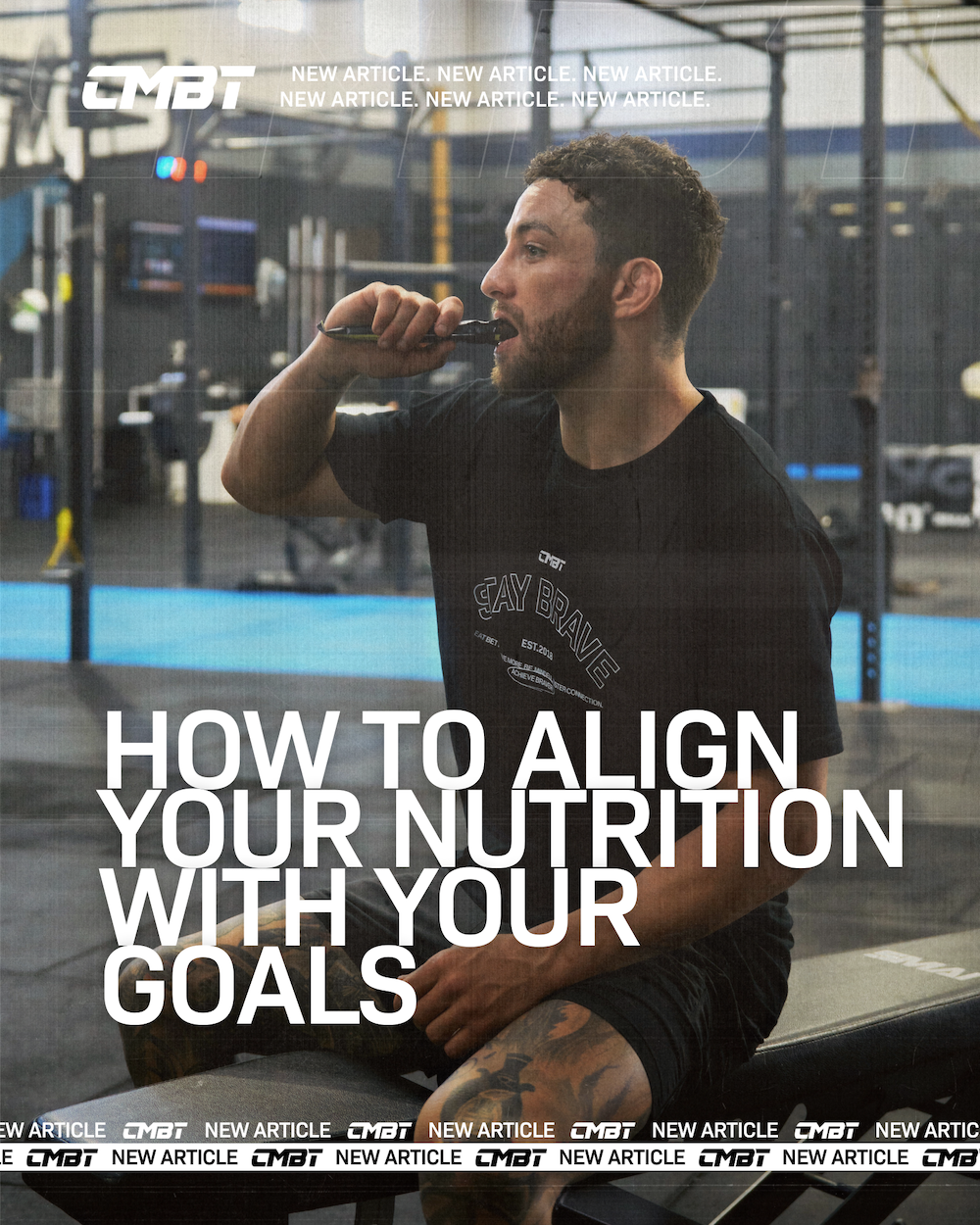

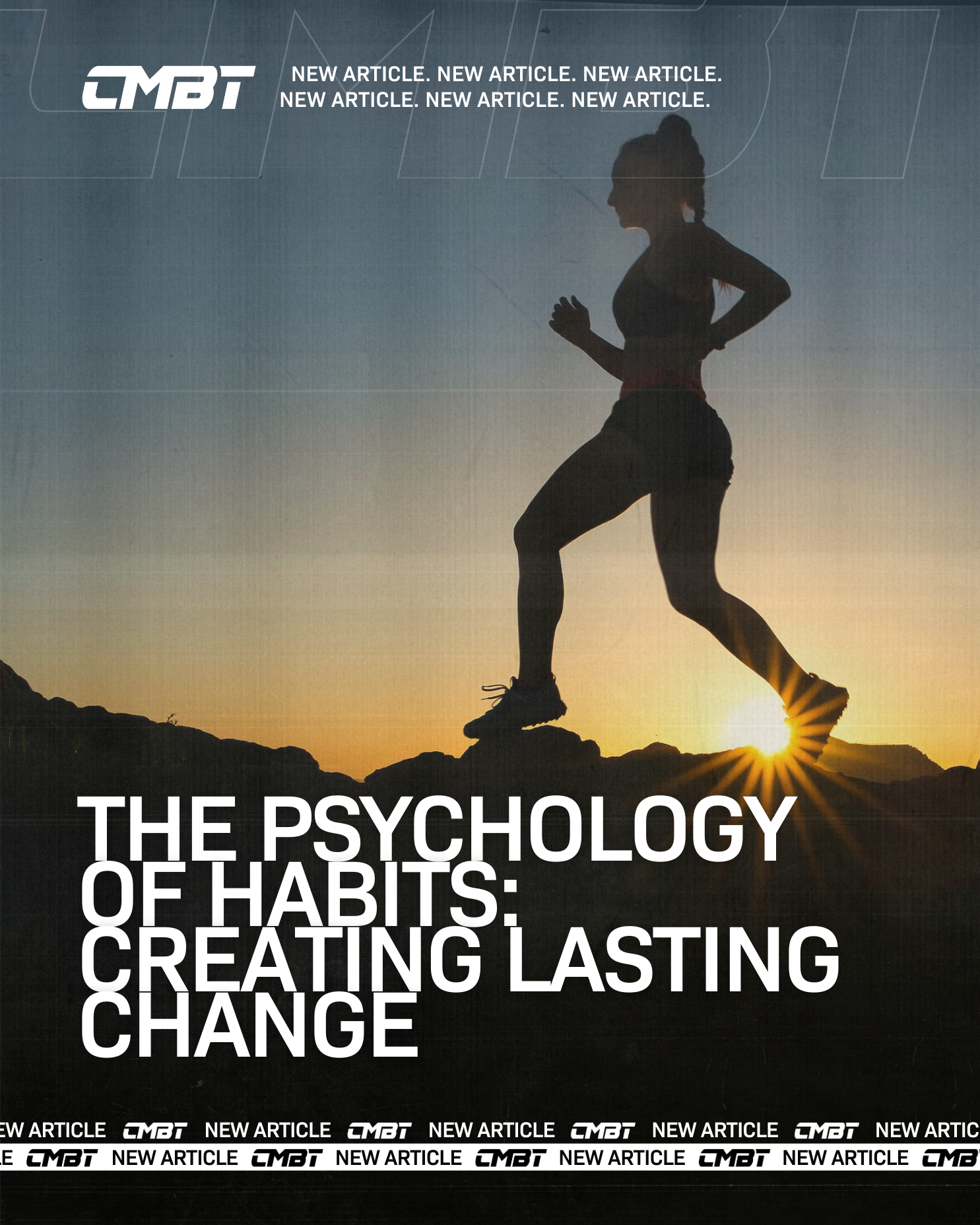



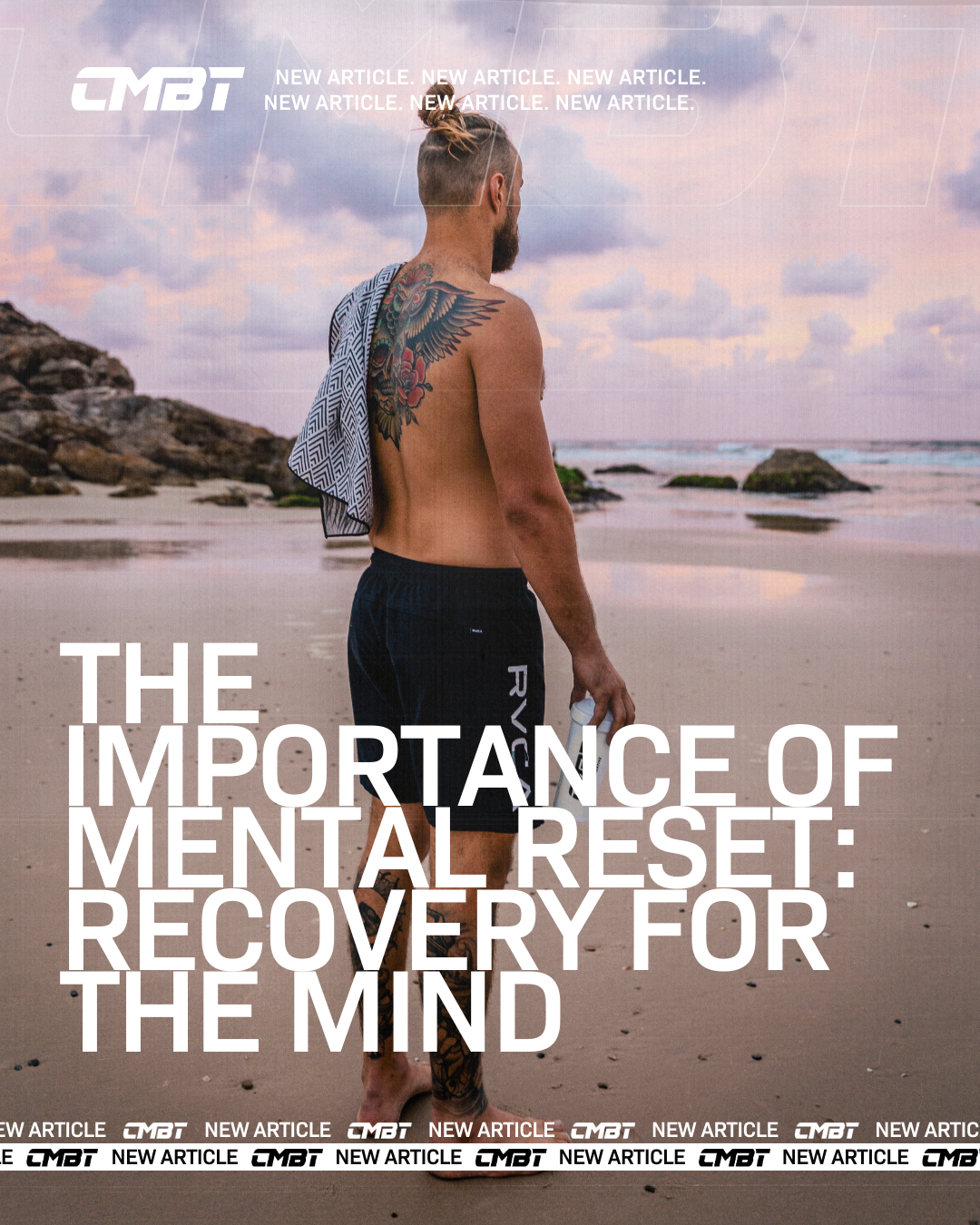
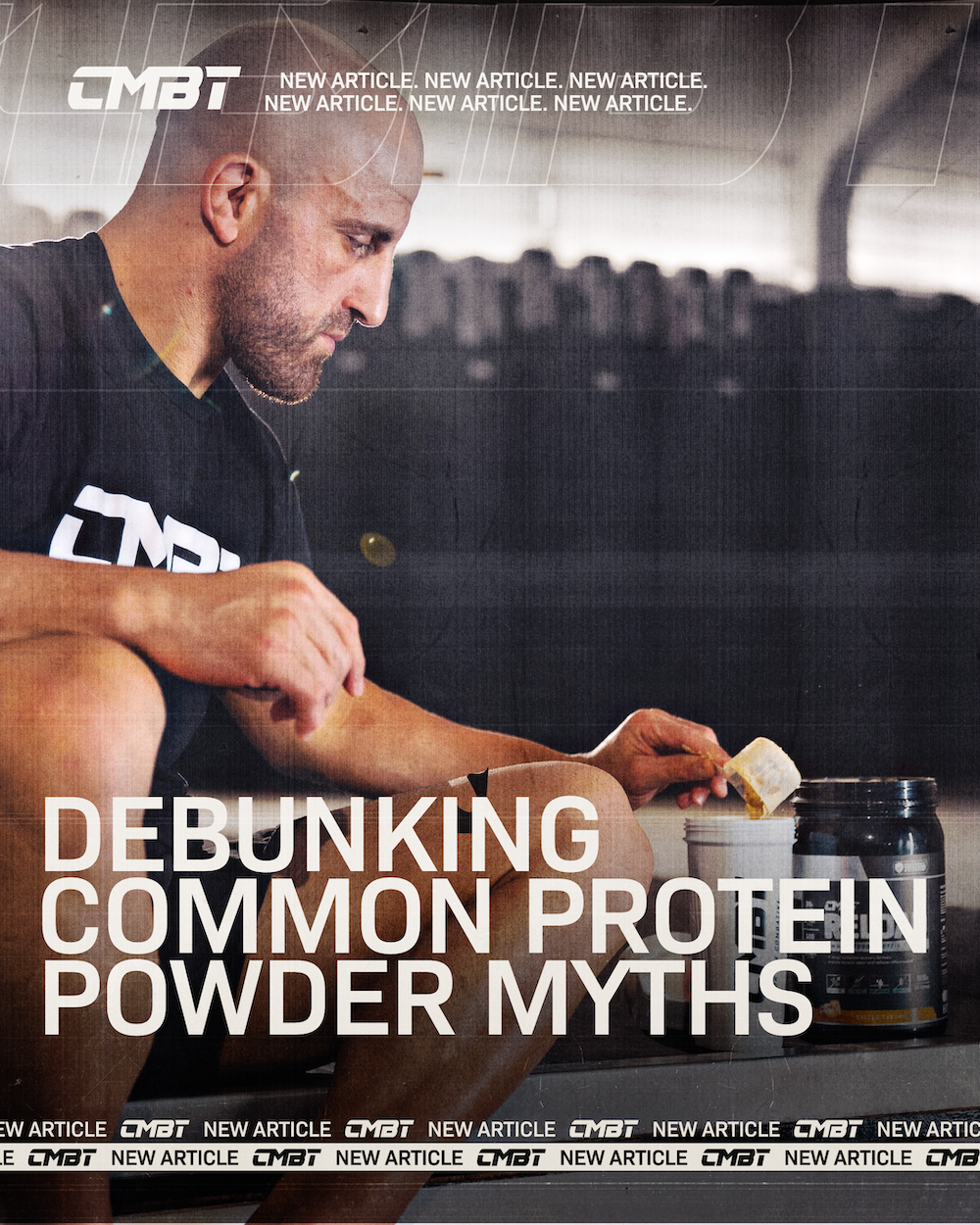



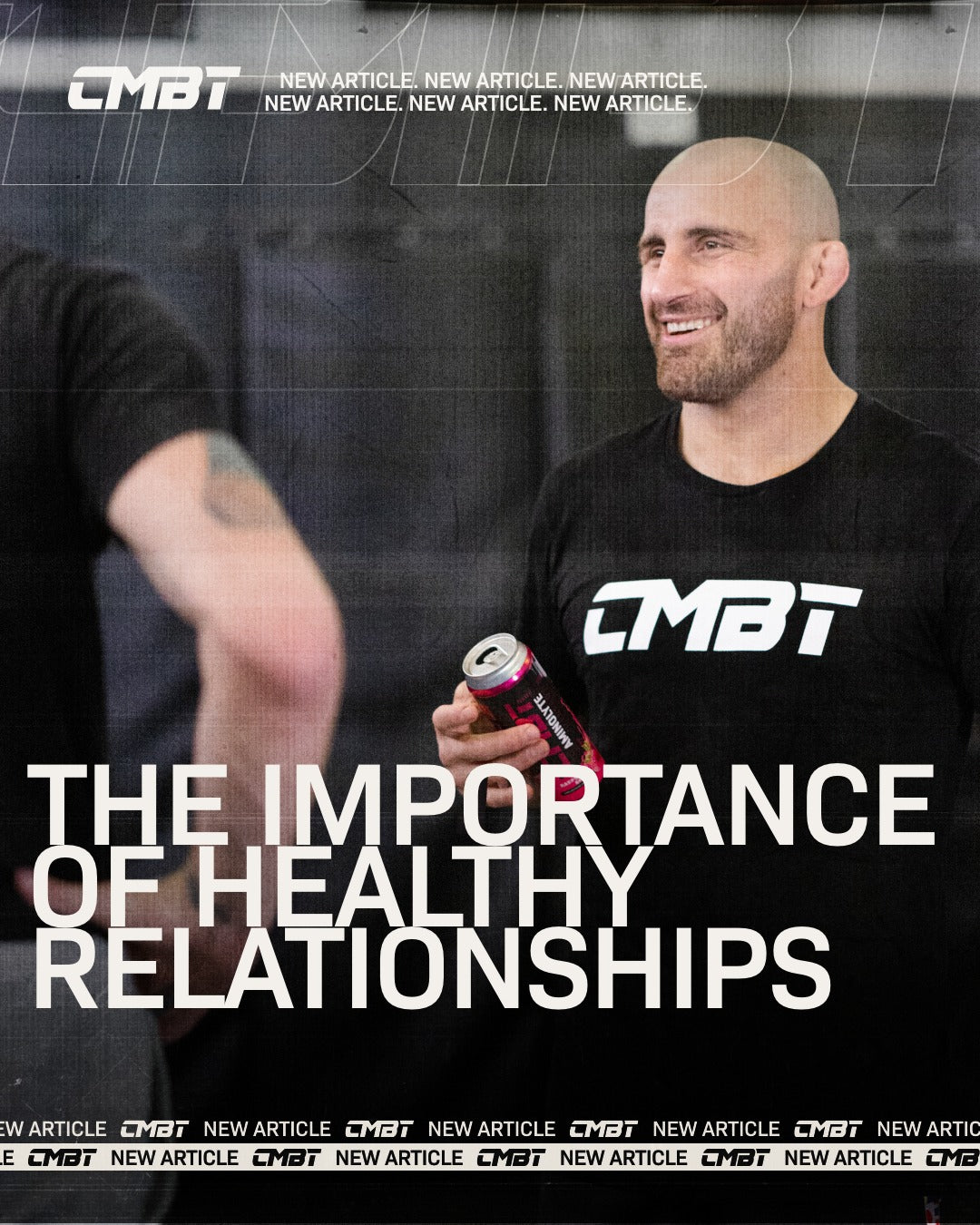

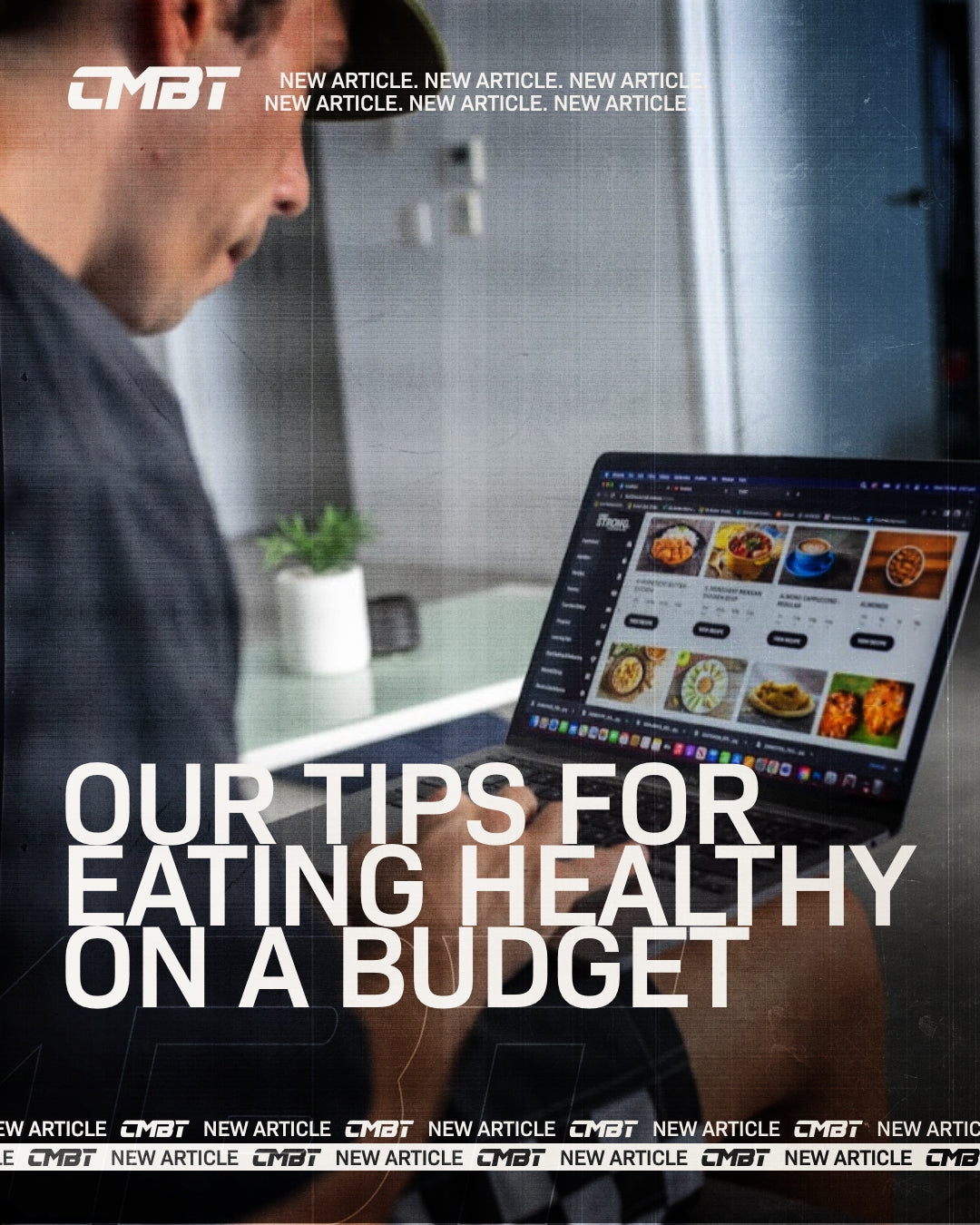
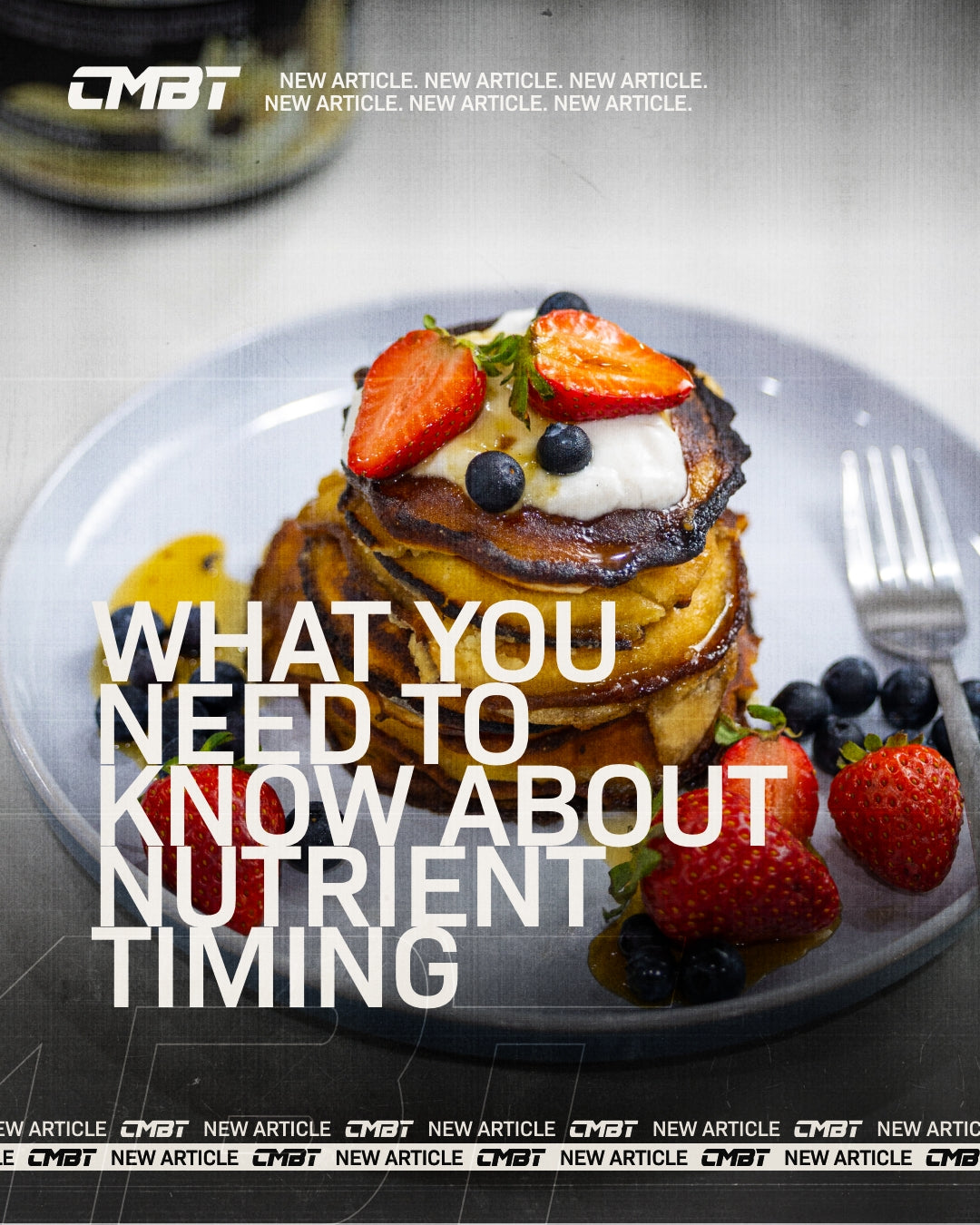
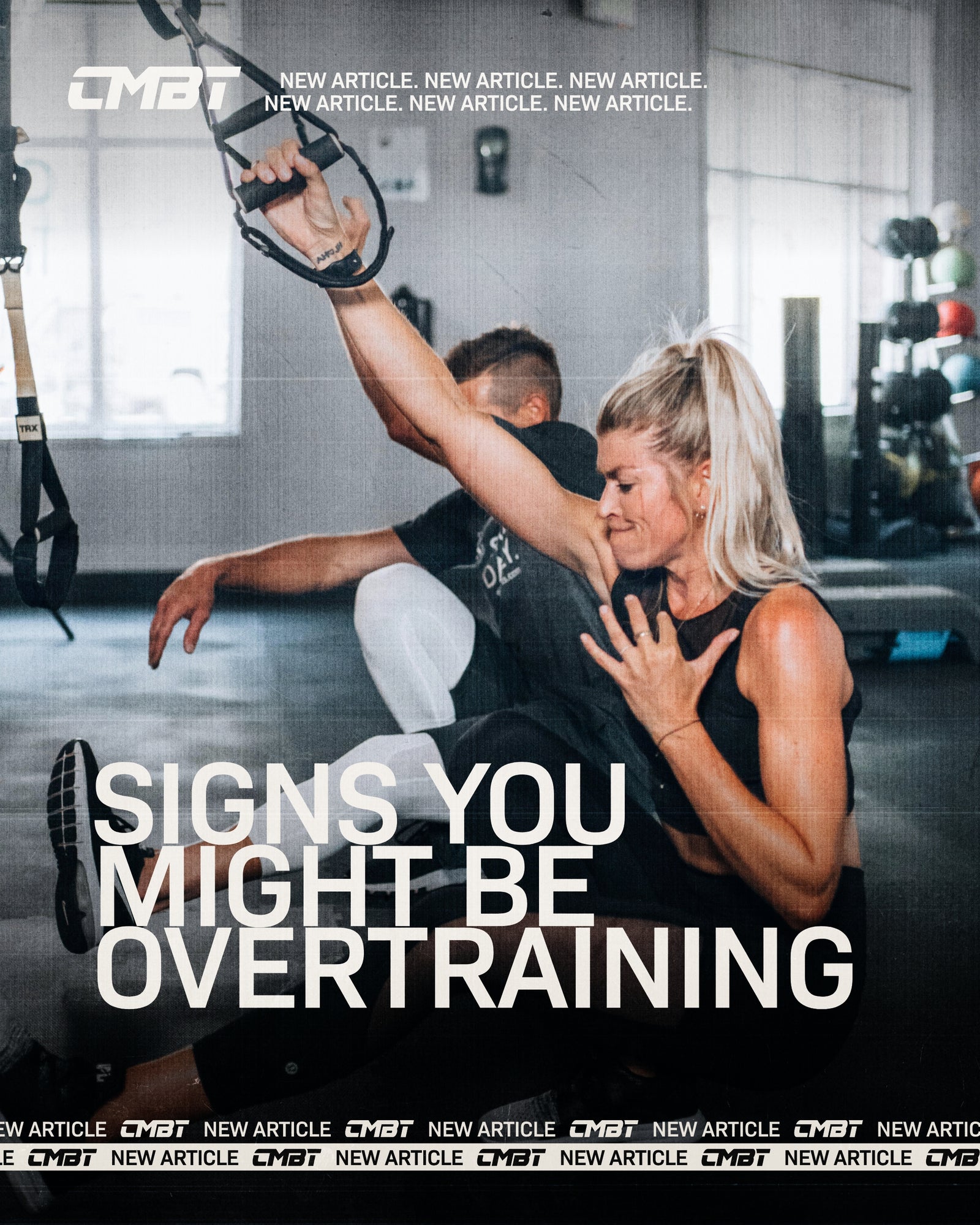


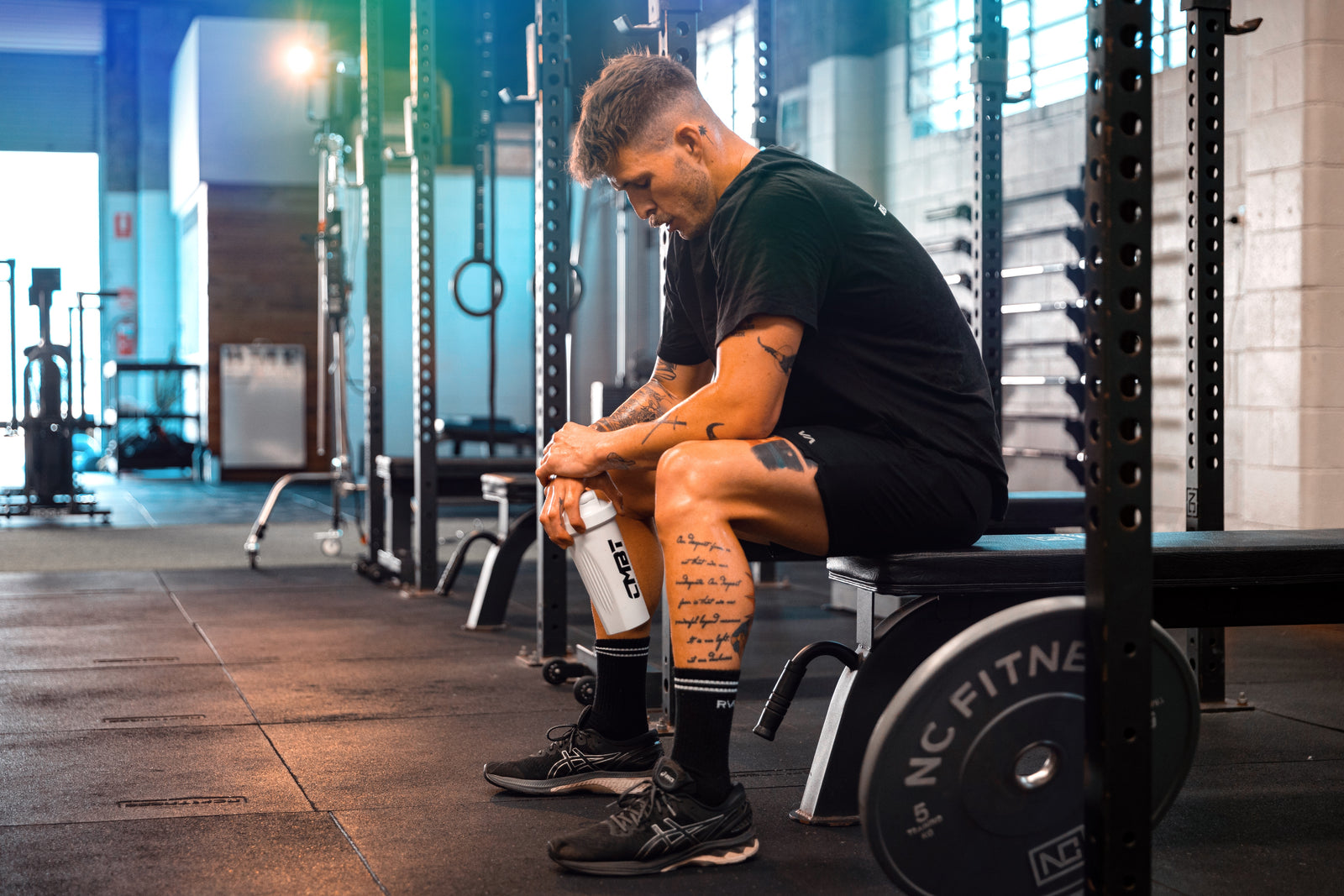



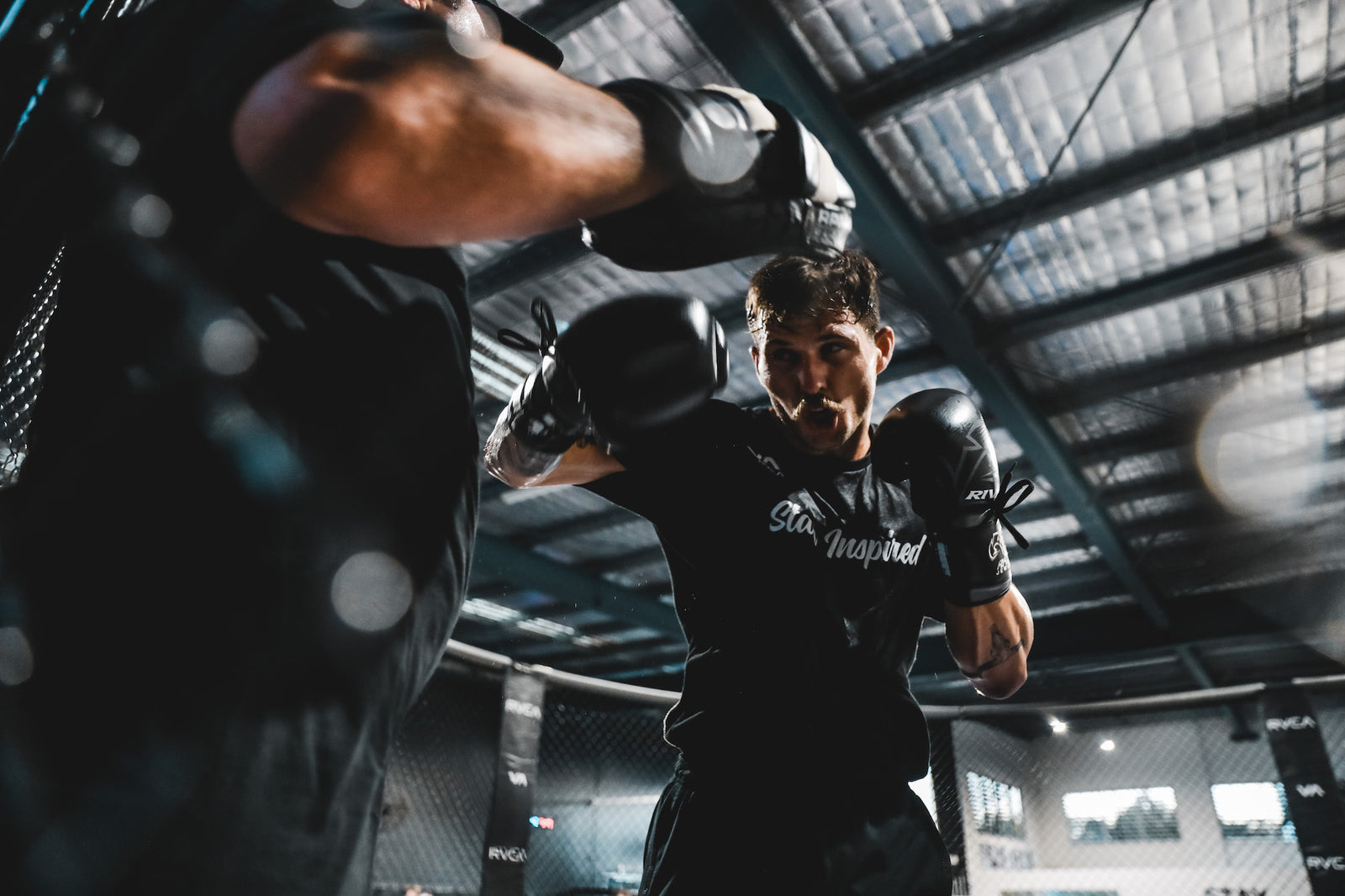
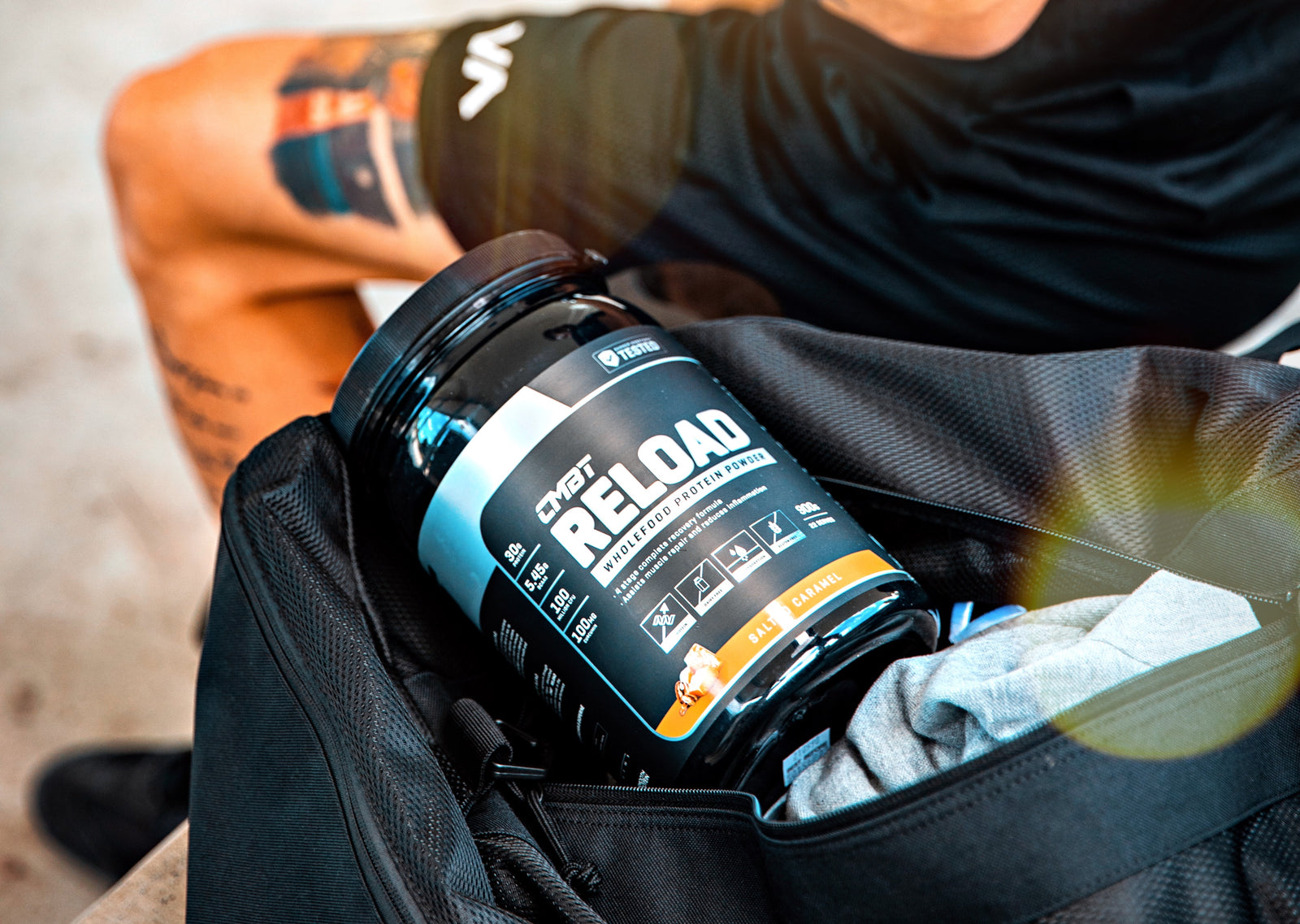
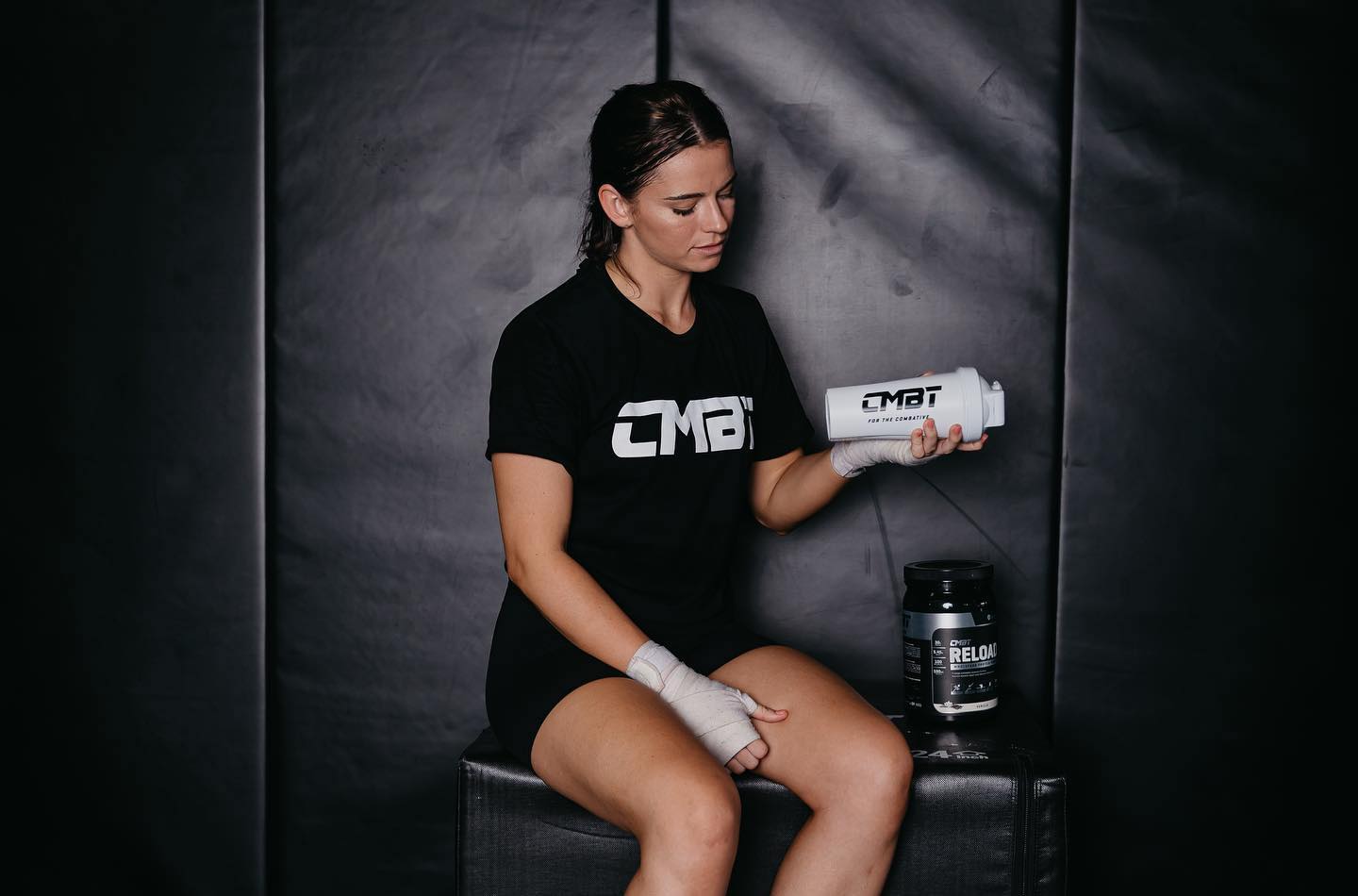


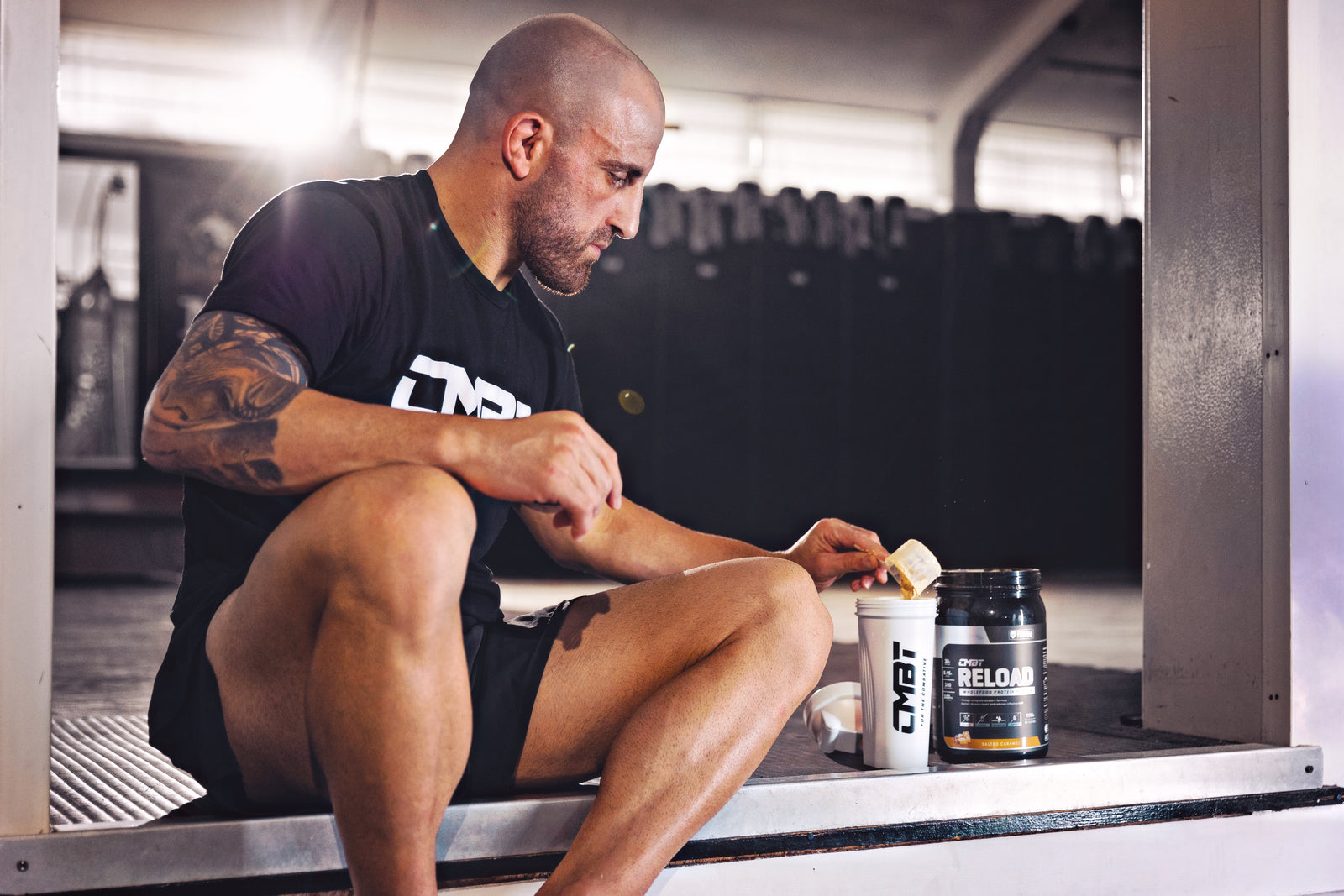




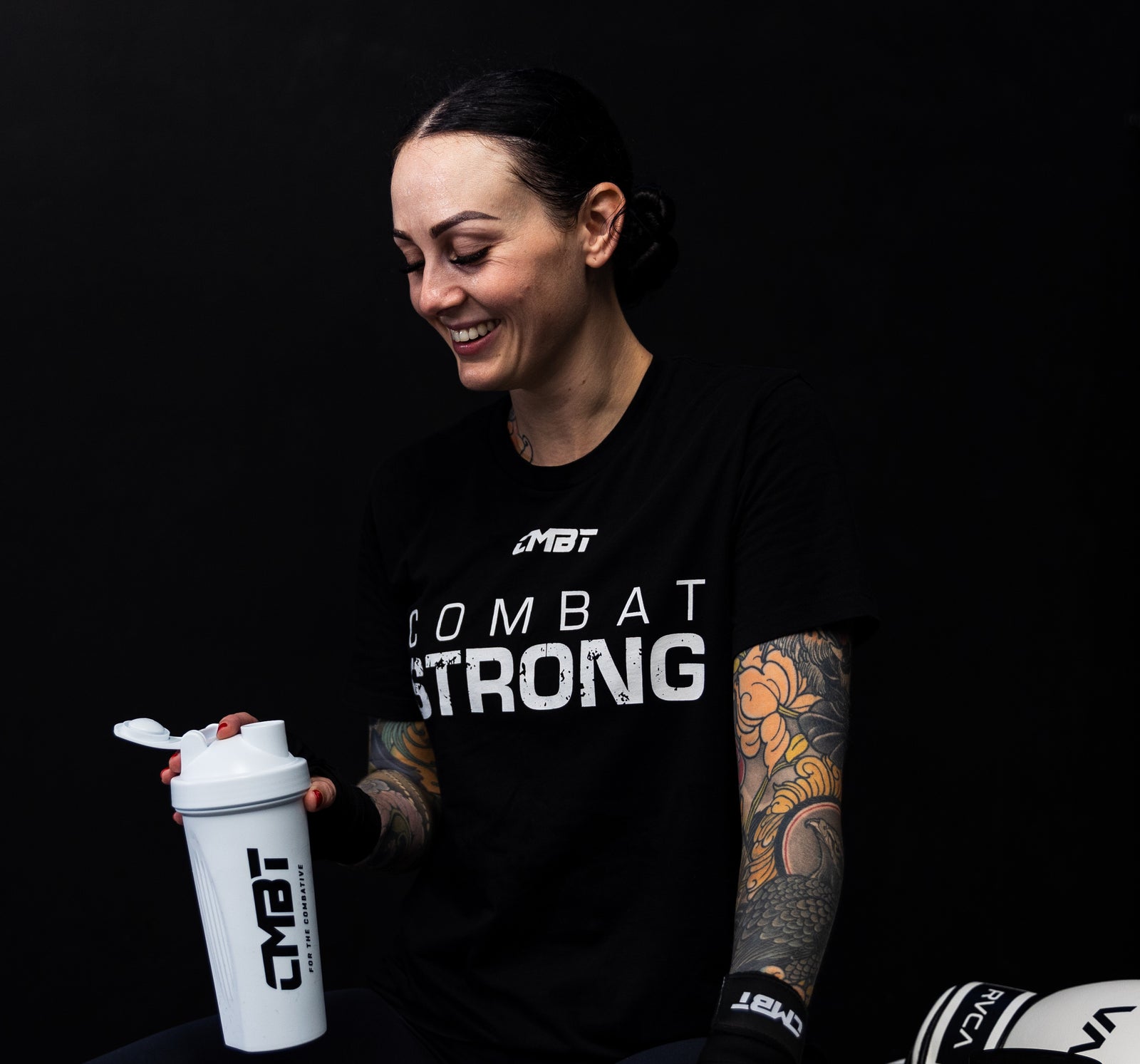
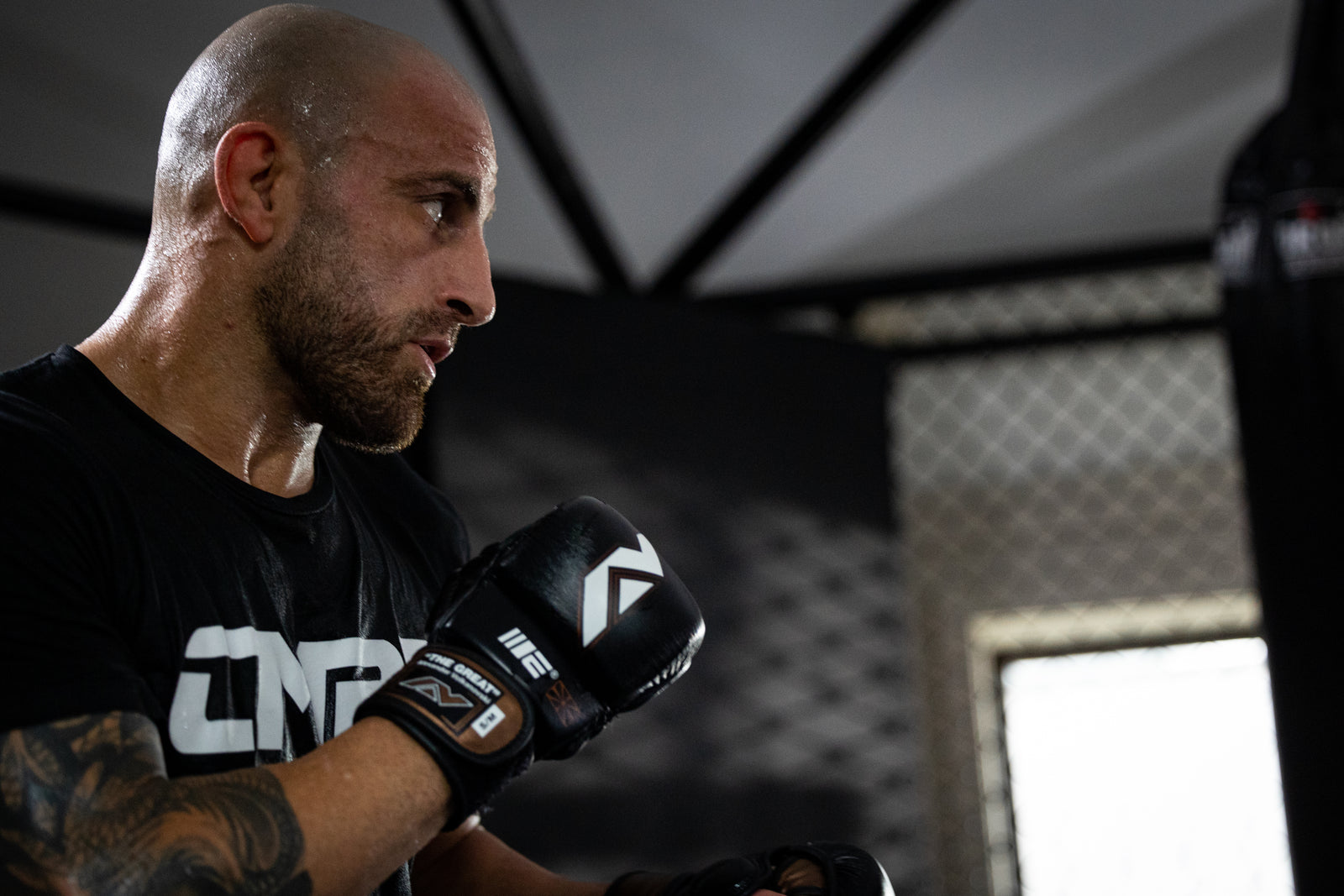
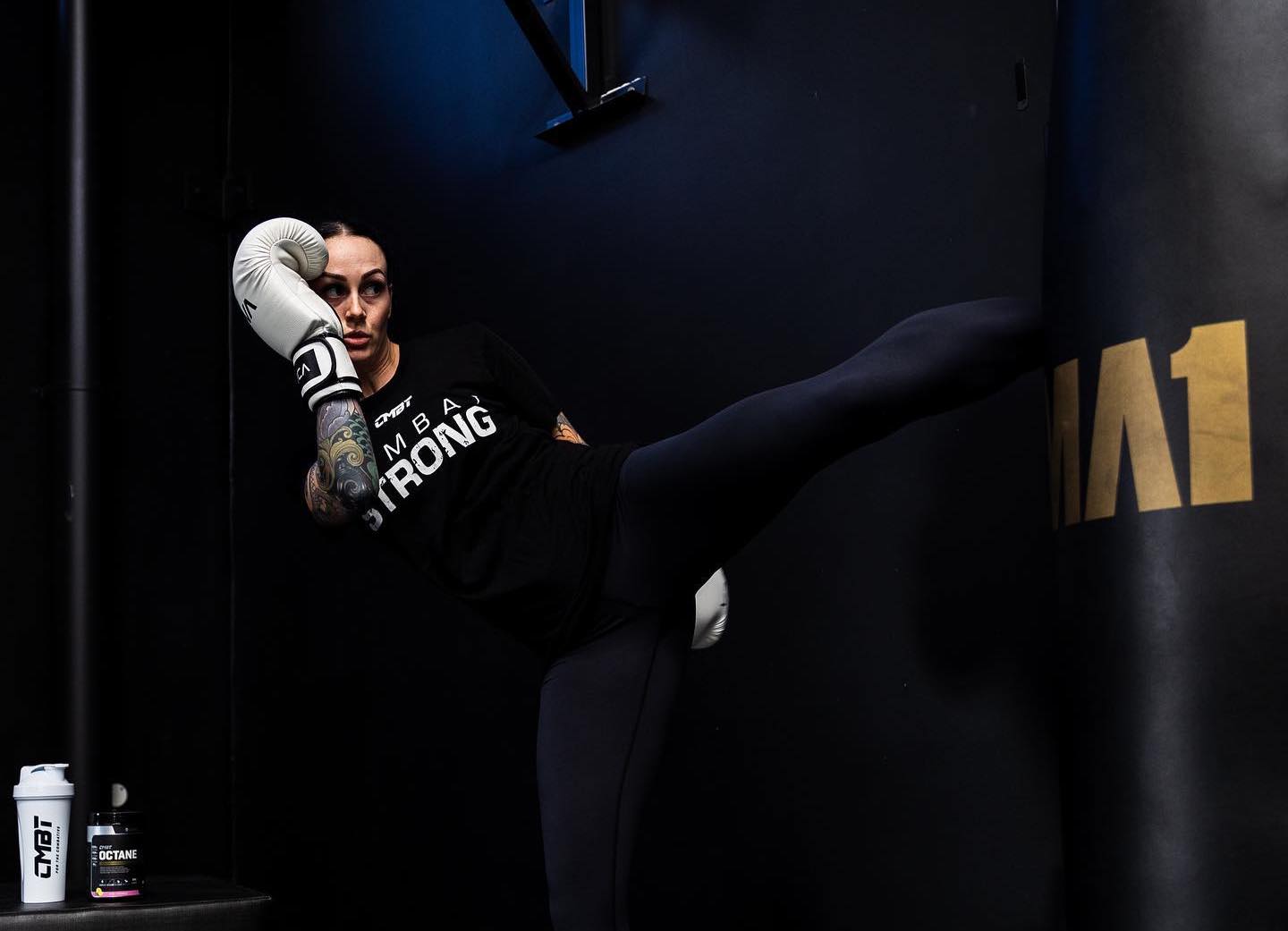




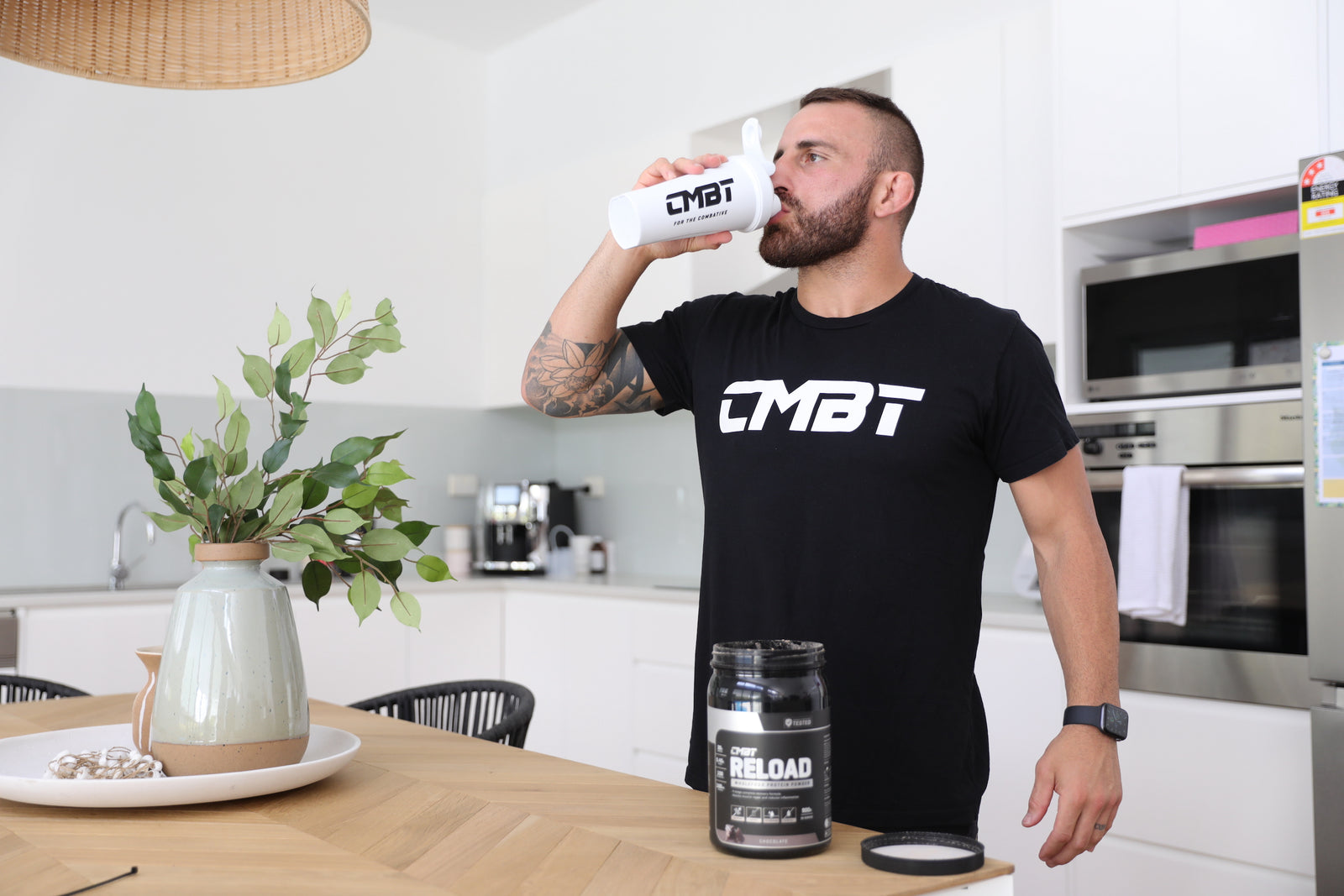
![[VIDEO] Fuel Your Passion feat. Sami Locke](http://cmbt.com.au/cdn/shop/articles/Sami.jpg?v=1625826844&width=1600)